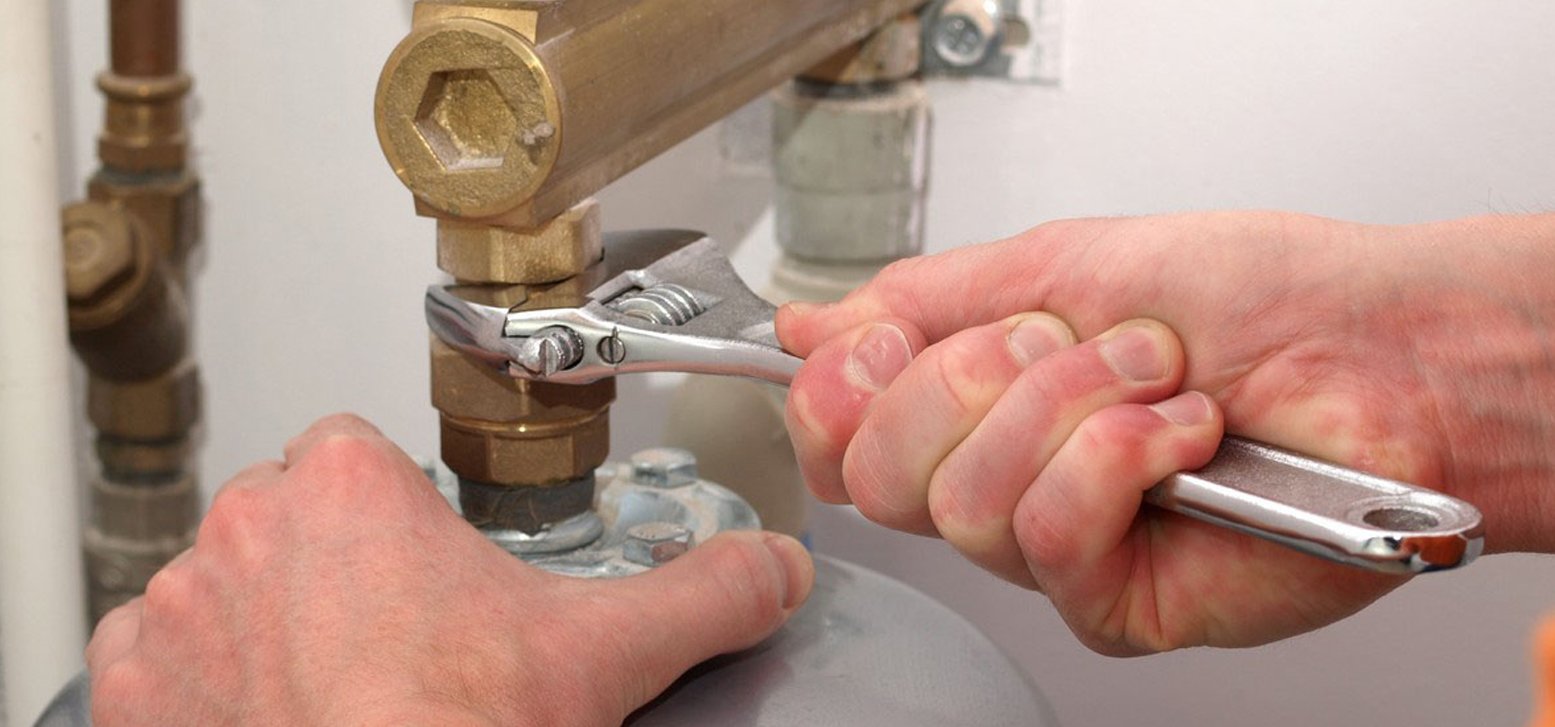If you took chemistry lessons at any level, you will remember those “things” on every work bench that were called ”Bunsen” burners and the cute little trick from a kid at the back blowing down the rubber gas tube on his bench and causing the teachers burner to go out during an experiment demonstration. That worked because the Bunsen burnt a flammable gas mixed with air and the kid’s blow put too much air in the pipe which, on reaching the teacher’s burner, literally blew it out. Do you remember also that there was a hole in one side of the bottom of the Bunsen tube which could be fully opened or fully closed? The position of the hole decided how much air was to be sucked in and mixed with the gas rising up the tube. The mixture ratio decided the intensity of the flame.
It’s All About Gas Mixtures
The Bunsen burner is named after Robert Bunsen; who, in cooperation with Peter Desaga, introduced a new type of burner to the University of Heidelberg in 1854. Their burner produced a clean, non-smoky, non-luminous, hot flame because the gas (fuel) was mixed with air in a controlled fashion before being burnt. Although of a simple basic design, Bunsen burners were amongst the first Venturi Burners.
Venturi Burners utilize the Venturi effect whereby the velocity of a fluid flow (liquid or gaseous) is increased when that fluid flows through a constriction; at the same time, the pressure drops. The Venturi effect was named after the Italian physicist Giovanni Battista Venturi.
Whether using liquid or gaseous fuel, it has to be mixed with air in order to maintain the oxygen supply essential for combustion; if the combustion is to be clean and efficient, it is necessary to precisely control the air to fuel ratio. The fuel enters the burner apparatus through a tube of controlled dimension with a restriction at its end. The Venturi effect comes into play after the restriction by sucking in air from a separate tube.
In Venturi Burners, this arrangement is also known as an inspirator; which mixes a fuel gas with air in a precise ratio to regulate burn characteristics. Fuel pressure is all that is used to draw in and mix the air with the fuel. The air to fuel ratio is determined by the diameters and design of the tubes and restrictions within the Venturi Burners.



